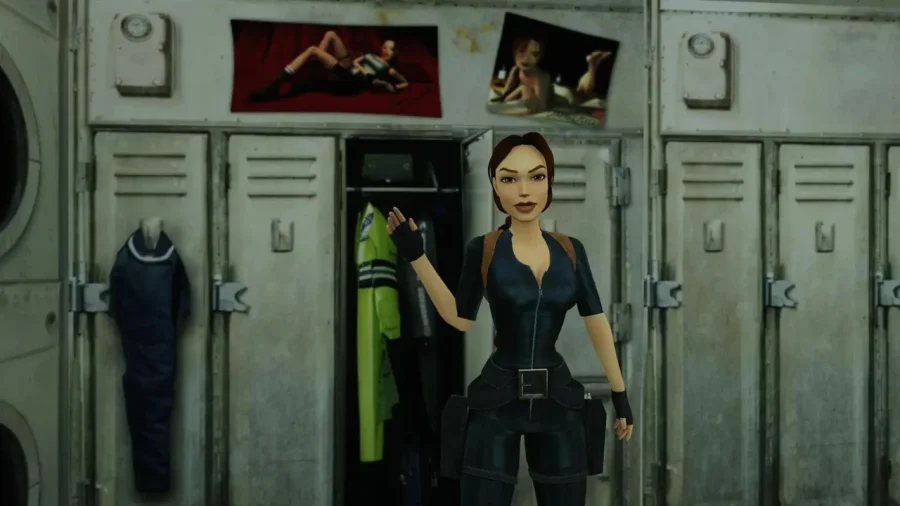
When you watch TV, do you watch with a smartphone in-hand or a laptop by your side, so you can keep up with what everyone is saying on Twitter? One TV show, more than the rest, has captured the attention of the Twitterverse and its popularity has implications for both Twitter and television.
More and more, Twitter is becoming a side dish for prime time entertainment and, as the networks catch on, it’s becoming a tool for bringing the audience back from the land of DVRs and time-shifted television into real-time viewing. But how?
Twitter CEO Dick Costolo discussed the Glee phenomena earlier this month at the Consumer Electronics Show when he sat down to talk with Kara Swisher. Costolo explains that TV and Twitter have an interesting relationship because, more and more, viewers have a device in their hand while they’re watching TV.
“The characters on Glee actually tweet and they tweet during the show. When Glee starts, the moment it airs for the first time on the East Coast, the tweets per second for Glee shoot up,” said Costolo. “They stay up there at a super high level at hundreds of [times] what they are before the show comes on until the moment the show ends and then they drop. […] People feel like they have to watch the show while it’s going on because the community is tweeting about the show and the characters are tweeting as the show’s happening so [they have to] watch it in real time.”
Click here to view full screen.

Appozite co-founder Jenn Deering Davis said that TweetReach, a tweet-tracking media analytics tool, saw the same phenomena last weekend during the Golden Globe awards. Glee not only took the award for “Best TV Series” but also for reaching the largest audience, with one “#Glee” tweet being retweeted 2,262 times, passing its nearest competition by 1,348 retweets. It seems that, by including in-show tweeting and interaction with fans when the show is off the air, Glee has managed to create a following of Twitter-dependent fans who love to tweet about it.
“It’s interesting what this kind of behavior says about the growing convergence between internet and TV,” said Deering Davis. “It’s not all Google TV and Roku; it’s also taking the web tools we already use (Twitter, Facebook, IM) and integrating them into our TV-watching experience. People seem to be doing this a lot.”
What does this Twitter popularity mean for the show and the networks?
Costolo says that it means big things for getting viewers back to real-time viewing, rather than recording an episode on DVR and skipping the commercials, and that the networks are loving it.
Deering Davis agreed, saying that the phenomenon is a sort of cultural shift in television viewing.
“There is something culturally significant to the real-time shared experiences created by TV/media events like the Golden Globes or the newest episode of Glee,” said Deering Davis. “With Twitter, we now are able to collectively experience TV like never before. In the past, TV has often been a passive, even isolating, form of entertainment consumption, but with Twitter and other social media it can be much more social and interactive.”
The big question now is, what form does this interaction come in? Costolo noted this point in his interview with Kara Swisher, asking if this will come as an on-screen experience or if it will remain on the tiny screens in hands and on our laps. Twitter has already made its way onto the big screen in the form of integrated TV sets and set-top boxes like Google and Apple TV, but are people using it?
Whatever screen they’re looking at, one thing is certain – they’re watching TV and tweeting at the same time. During the Golden Globes last weekend, tweets reached a peak of 3,554, according to the TweetReach data, which is just under half of the 7,400 tweets per minute seen during the iPad launch last year. As networks take notice, we’re likely to see more and more in-character tweeting to assure we’re paying attention when they want us to pay attention and not on our own, commercial-free time frame.
As for what all of this means for Twitter, perhaps it will end the age old question of non-Twitter users about why they would want to hear about what someone is eating for lunch. Perhaps connecting Twitter with television is just what it needs to reach critical mass.





















